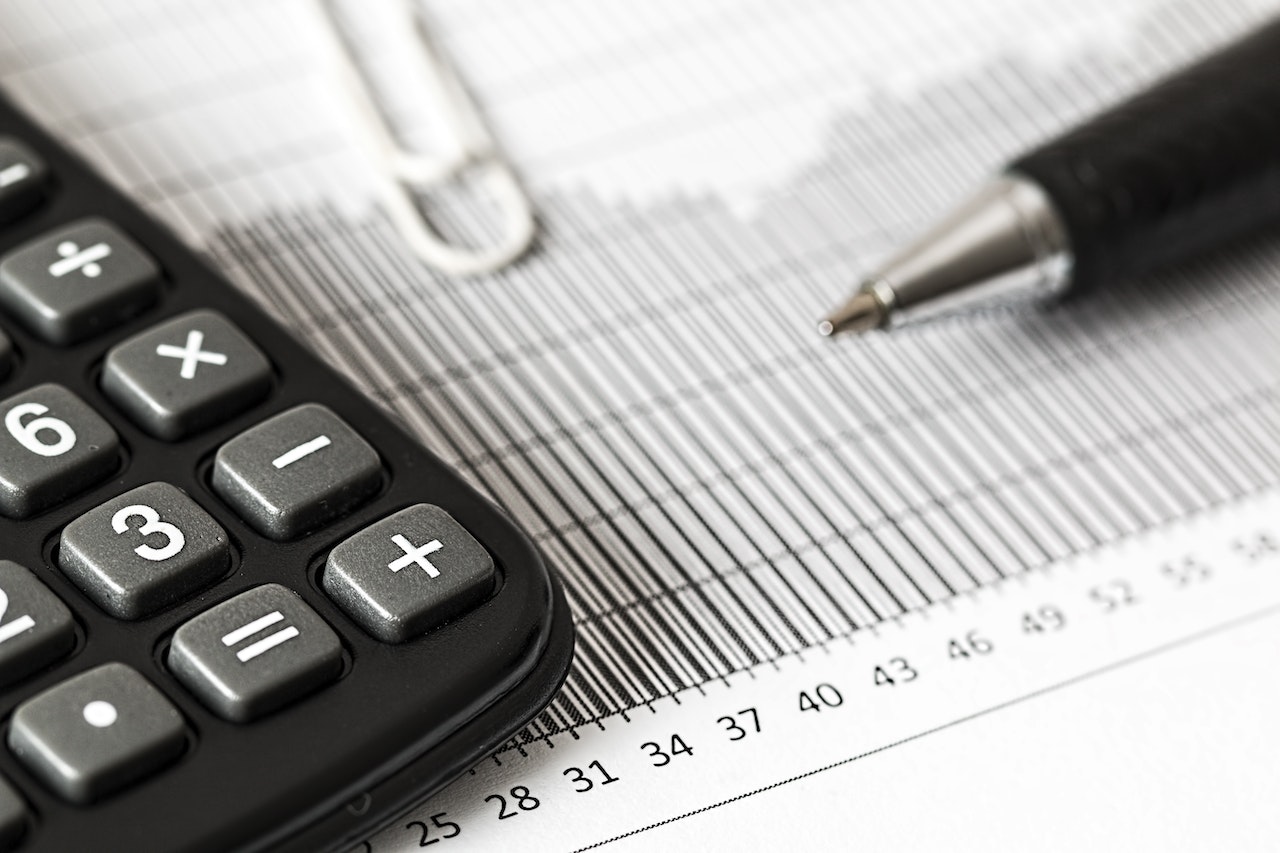In August, the US labor market, reflecting the state of the economy, sent mixed signals as it added 187,000 jobs, while the unemployment rate unexpectedly increased, according to data released by the Bureau of Labor Statistics on Friday. These developments suggest a potential cooling trend in the nation’s employment landscape.
The unemployment rate rose to 3.8% in August, up from July’s 3.5% and marking the highest rate since February 2022. Economists, however, had anticipated the rate to remain steady at 3.5%. Additionally, revisions to the July and June job reports revealed a downward adjustment of 110,000 jobs, indicating a less robust job market than initially reported.
Over the past year, the US economy has averaged 271,000 new jobs per month. Notably, the economy has exceeded this pace of hiring on just two occasions within the past nine months, underscoring the gradual nature of the recovery.
Wages, a key indicator of workers’ bargaining power, experienced a lower-than-expected increase last month, rising only 0.2% on a monthly basis and 4.3% compared to the previous year. Economists had projected a 0.3% monthly increase and a 4.3% annual rise. In July, wages had increased by 4.4% over the past year.
However, there were some positive developments in the labor market. The labor force participation rate saw an uptick to 62.8%, marking the highest level since February 2020. Meanwhile, average weekly hours worked increased to 34.4 hours.
In terms of industry-specific job growth, the healthcare sector led the way in August, adding 71,000 jobs. The leisure and hospitality sector also saw an increase of 40,000 jobs, although it remains 1.7% below pre-pandemic levels, as reported by the BLS. The construction industry expanded by 22,000 jobs, but the transportation and warehousing sector experienced a decline of 34,000 jobs.
Federal Reserve Chair Jerome Powell had described the labor market’s rebalancing as “incomplete” just last week. This suggests the need for further monetary policy responses if signs of a cooling labor market persist.
Additional economic data released in August, including the ADP jobs report, the Job Openings and Labor Turnover Survey, and consumer confidence surveys, have all pointed toward a slowdown in the summer surge that the US economy had experienced.
In summary, the data indicates that the US economy, despite experiencing increased unemployment rate, is still in the process of recovering from the pandemic. However, there are unmistakable signs of a deceleration in this recovery. Federal Reserve Chair Jerome Powell has emphasized that achieving the target inflation rate of 2% will necessitate “some softening in labor market conditions.” This serves as a reminder that the economy may require further adjustments to sustain growth in the coming months and years.
Source: Yahoo Finance



